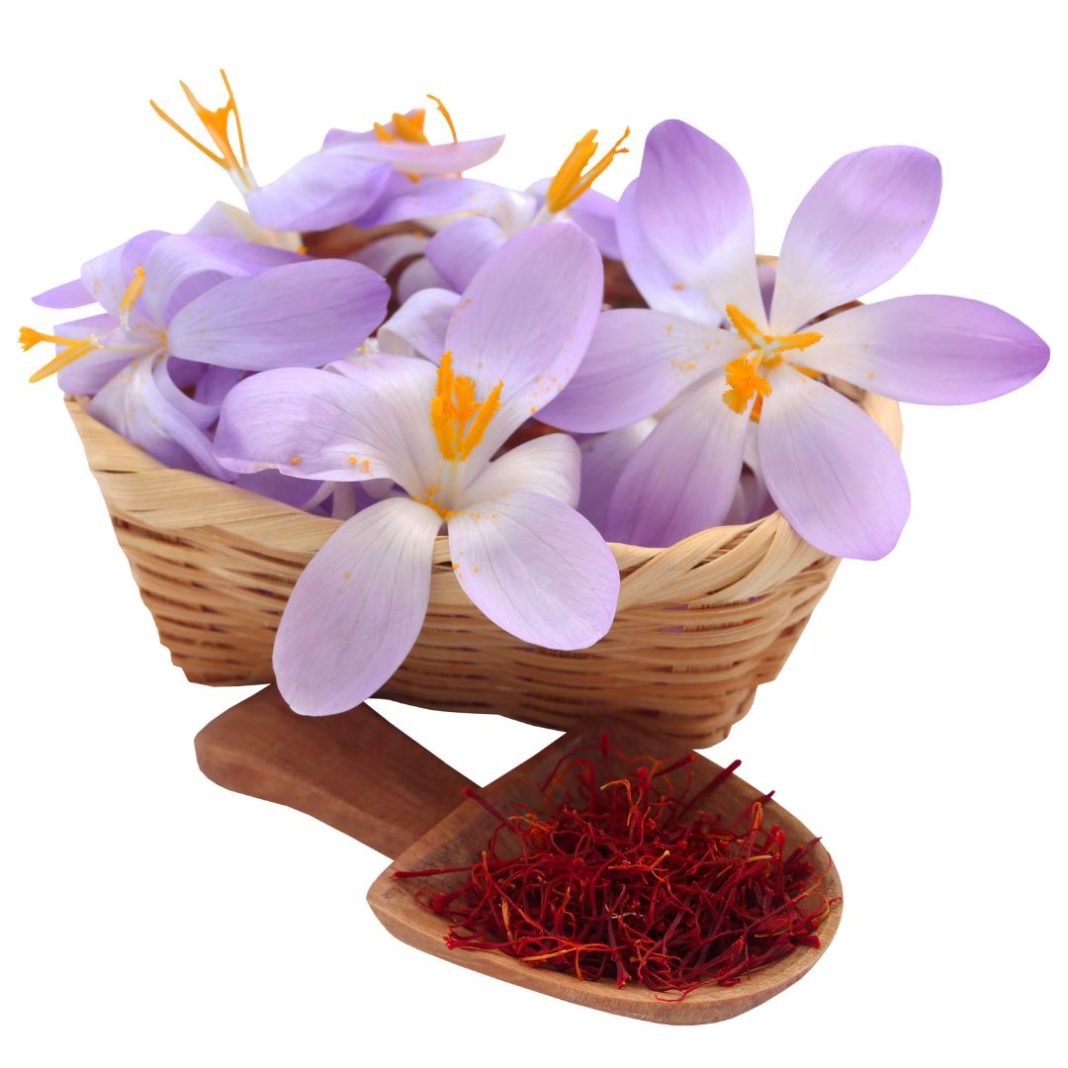Introduction
Saffron, known as the “golden spice,” is one of the most expensive and coveted spices in the world. It is prized for its vibrant color, unique flavor, and aroma. With a rich history spanning centuries, Saffron has been used in various cuisines across the globe. In this article, we will explore the wonders of saffron, understand its culinary uses, and discover how to harness its distinct qualities to elevate your cooking.
The Essence of Saffron
Saffron comes from the delicate threads of the Crocus sativus flower. Each flower produces only three tiny crimson stigmas, which are carefully handpicked and dried to create saffron threads. These threads possess a beautiful golden hue and a complex flavor profile. Saffron imparts a subtly sweet, floral, and earthy taste to dishes, along with a distinctive aroma that is both warm and alluring.
Culinary Uses of Saffron
Saffron is a versatile spice that can be used in a wide range of dishes to add depth and complexity. Here are some popular culinary uses:
- Rice Dishes: Saffron is often used to infuse rice dishes with its vibrant color and delicate flavor. It is a key ingredient in traditional dishes like paella and biryani, where the rice is cooked with aromatic spices and saffron-infused broth. The result is a visually stunning and fragrant dish.
- Sauces and Broths: Saffron can be used to enhance the flavors of sauces and broths. A few threads of saffron added to a simmering broth or a creamy sauce can impart a subtle golden hue and a delightful taste. It works particularly well with seafood-based sauces and creamy risottos.
- Baking: Saffron can be incorporated into various baked goods to add a touch of luxury. From saffron-infused bread and cakes to cookies and pastries, the spice can lend a unique flavor and an inviting golden color to your baked creations.
- Beverages: Saffron can be used to create aromatic and flavorful beverages. It is often added to hot teas, lattes, and even cocktails to provide a warm and exotic twist. A pinch of saffron in a cup of warm milk with a hint of sweetness can create a soothing and indulgent drink.
Extracting the Flavor of Saffron
To maximize the flavor and color of saffron in your cooking, it is important to properly extract its essence. Here’s a simple method to follow:
- Crush the Threads: Take a few saffron threads and gently crush them using a mortar and pestle. This helps release the flavors and aromas trapped within the threads.
- Steep in Liquid: Place the crushed saffron threads in a small bowl and add a tablespoon of warm liquid, such as water, milk, or broth. Allow the threads to steep for at least 10-15 minutes. The liquid will turn a vibrant yellow-orange color as the saffron infuses.
- Add to Recipe: Once the saffron has steeped, you can add the liquid, along with the threads, to your recipe. Stir it in gently, ensuring it is evenly distributed to impart the desired flavor and color.
FAQs
Q: Why is saffron so expensive?
Saffron is labor-intensive to produce, as the threads must be handpicked from each flower. Additionally, it takes a large number of flowers to yield a small quantity of saffron threads, making it a scarce and valuable spice.
Q: Can I substitute saffron with another spice?
Saffron has a unique flavor and aroma that cannot be replicated by any other spice. Therefore, there is no direct substitute for saffron. However, if saffron is not available, you can use a combination of other spices such as turmeric, paprika, and cardamom to approximate the color and flavor, although the result will be different.
Q: How should saffron be stored?
To preserve the flavor and quality of saffron, it should be stored in an airtight container in a cool, dark place. Avoid exposing it to heat, moisture, or direct sunlight, as these can degrade its potency.
Q: Can I reuse saffron threads?
Saffron threads can be used multiple times if their flavor and aroma are still potent. After steeping the threads, they can be dried and stored for future use. However, the intensity of the flavor may diminish with each use.
Conclusion
Saffron is truly a treasure in the culinary world, offering a myriad of possibilities to elevate your cooking. From rice dishes and sauces to baked goods and beverages, this golden spice adds a touch of luxury and a unique flavor profile to a wide range of recipes. By understanding the essence of saffron and harnessing its distinct qualities, you can create culinary masterpieces that delight the senses and leave a lasting impression.







